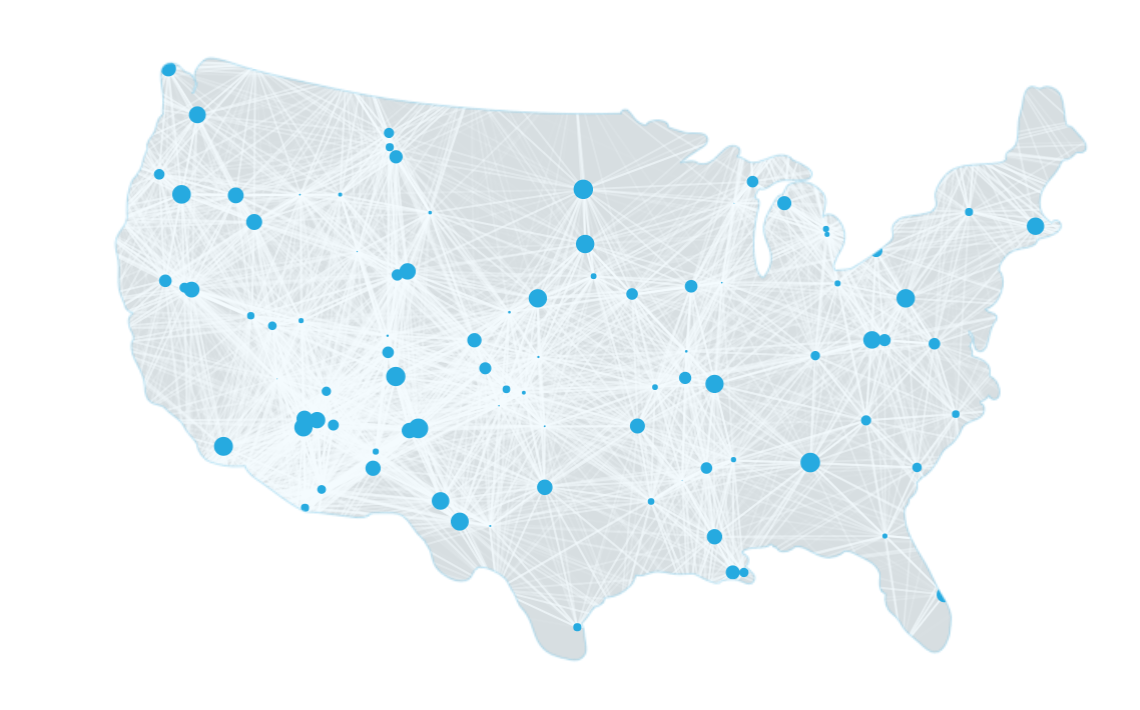In 2020, freelancers will comprise 43% of the U.S. labor force, and by some estimates, that number will exceed 50% as soon as 2027. The biggest players that enable remote, flexible work are infiltrating our culture. Think Uber, Lyft, Postmates, and more. While it’s clear the on-demand economy isn’t going anywhere, the act of embracing a non-traditional “gig” model for many leading organizations makes them nervous.
The same companies and brands have prioritized employee experience and customer experience in recent years and reaped the benefits. My message to them, as someone who has built a business alongside thousands of freelance workers, is in the form of a reality check: The popularity of the flexible or freelance workforce is here to stay. With that in mind, it’s going to become more and more essential to create exceptional experiences for freelancers and other on-demand personnel, especially as the labor market continues to tighten and more people leave traditional employment for independent work.
If you’re facing a transition within your business, here are four reasons why the freelancer model should not make you nervous:
1. Freelance experience isn’t about long-term commitment, it’s about long-term affinity
A recent article in The Wall Street Journal, for instance, warns companies that “the unusually high rate of turnover in the gig economy should have the leaders of these companies and their investors worried.” While this could send you running for the hills, instead consider that very few gig opportunities are set up for the long-haul. An investment in a freelancer experience not only fosters a business to business partnership but also creates a repeatable and referable cycle of consistency on an as-needed basis for both parties.
There was a time when my company suffered high rates of turnover due to dissatisfaction as a result. Other organizations can learn a lot from the kind of feedback we received from freelancers during that period.
“I don’t feel connected to your company.”
“I don’t understand what you’re working towards.”
“I’m just a number to you.”
These comments revealed a lot to me: financial incentives is not the sole motivating factor for working on a contract. Independent contractors care about the success and goals you’re striving toward.
2. It shouldn’t be hard to give workers what they want
The on-demand working model does not cancel out Maslow’s Hierarchy of Needs. Generally speaking, all workers want the same things: a living wage, a sense of safety and security, a feeling of belonging, purpose, and satisfaction in their work.
So, how can a company keep up? By investing in the characteristics that drive team loyalty and morale. TinyPulse’s 2018 global study of over 25,000 workers reveals that people tend to leave their jobs for five reasons: bad relationships with management, lack of recognition, burnout, negative company cultures, and an absence of opportunities to grow. The good news is that a freelancer model can naturally eliminate some of these problems.
3. Work with the remote, not against it
Given the freedom to operate flexibly and independently, workers will shape their jobs around their needs. Research published last year in The Harvard Business Review shows that independent workers learn to “cultivate four types of connections—place, routines, purpose, and people—that help them endure the emotional ups and downs of their work and gain energy and inspiration from their freedom.” In an ideal model—where freelancers are hired based on need—burnout, poor management, and difficult cultures are non-issues.
If your company leverages independent workers, it’s essential to encourage flexibility. Organizations need to recognize and respect that freelancers are in charge of their own schedules and environments. This not only fosters quality work but is a legal requirement. Communication tools can either facilitate or hinder a positive worker experience. By some reports, Uber drivers have spent upwards of 45 minutes waiting on hold for support. For many companies, that would be unacceptable from a customer experience standpoint. Worker experience should be no different.
Leadership also needs to commit to transparency. Too many companies allow fears of competition and trade secret theft to cloud their judgment and dominate their decision making. By keeping your workforce at arm’s length, however, you risk engendering apathy, resentment, and ultimately turnover. Instead, help your on-demand workforce understand and connect with your company’s mission and values, then empower them with the tools and autonomy necessary to realize that vision.
4. Avoid putting so much emphasis on the word “gig”
Worker strikes, turnover, lawsuits, tone-deaf ads, continued concerns over living wages—these are all symptoms of an undervalued labor force, all encapsulated in a single word: gig.
For many independent workers, on-demand jobs aren’t gigs or “side hustles” but steps along a career path. They bring experience, lessons, and relationships.
All in all, while integrating more freelancers into a business may take some upfront cultural change, at the end of the day, your business is only as successful as the people that fulfill crucial roles. I encourage you to take a look at your level of employee engagement, average attrition, and length of tenure in each role, and begin to understand what it is that makes employees truly invested in the workplace. You may find contractors benefit from the same.


